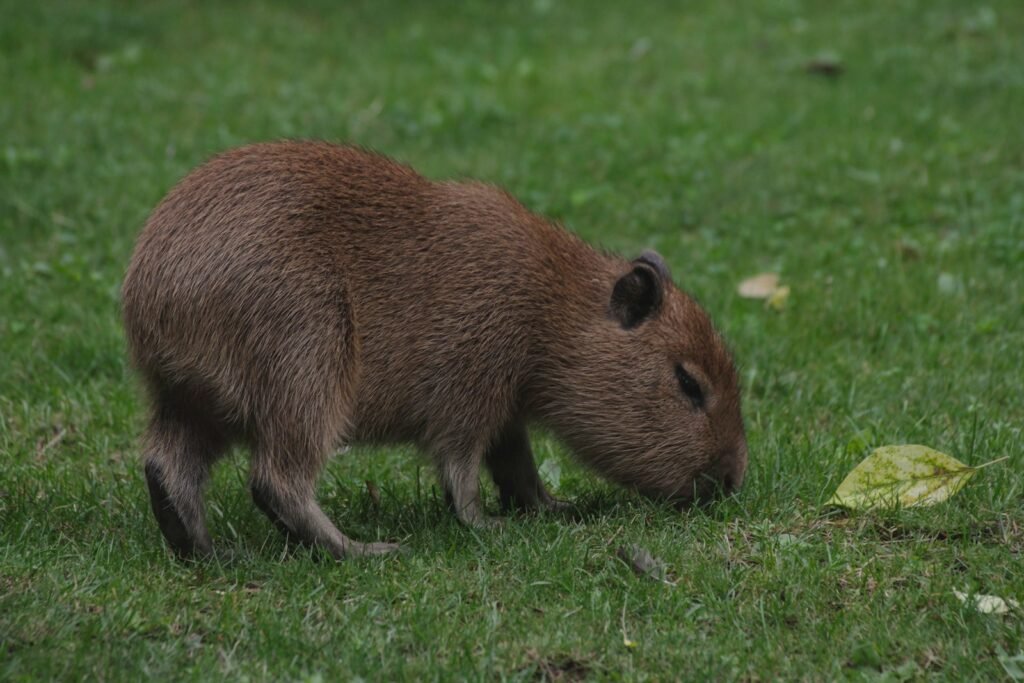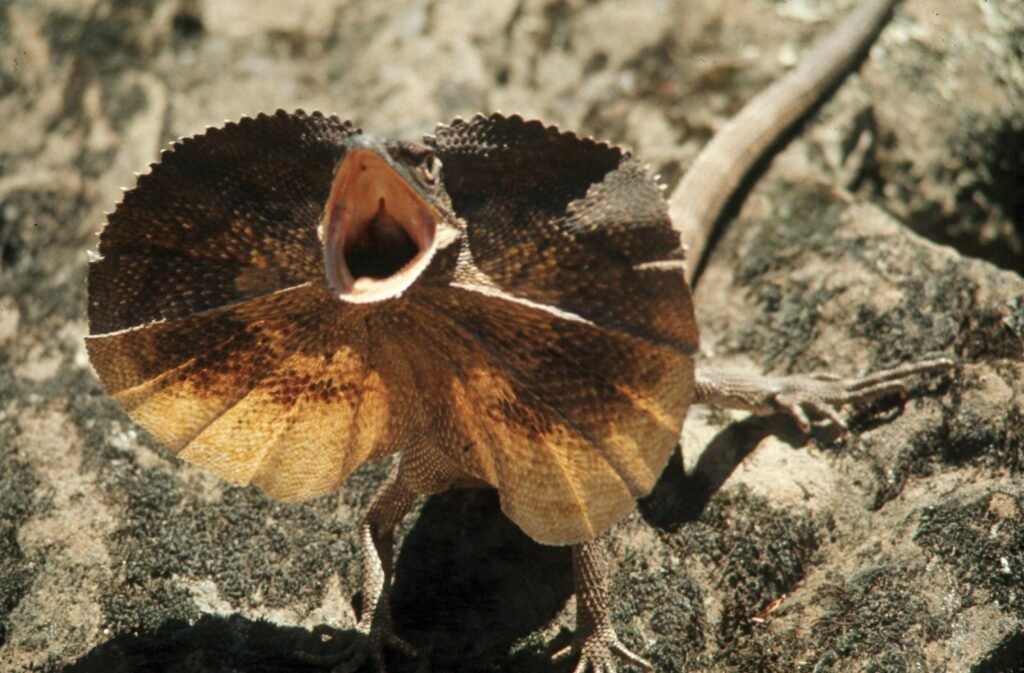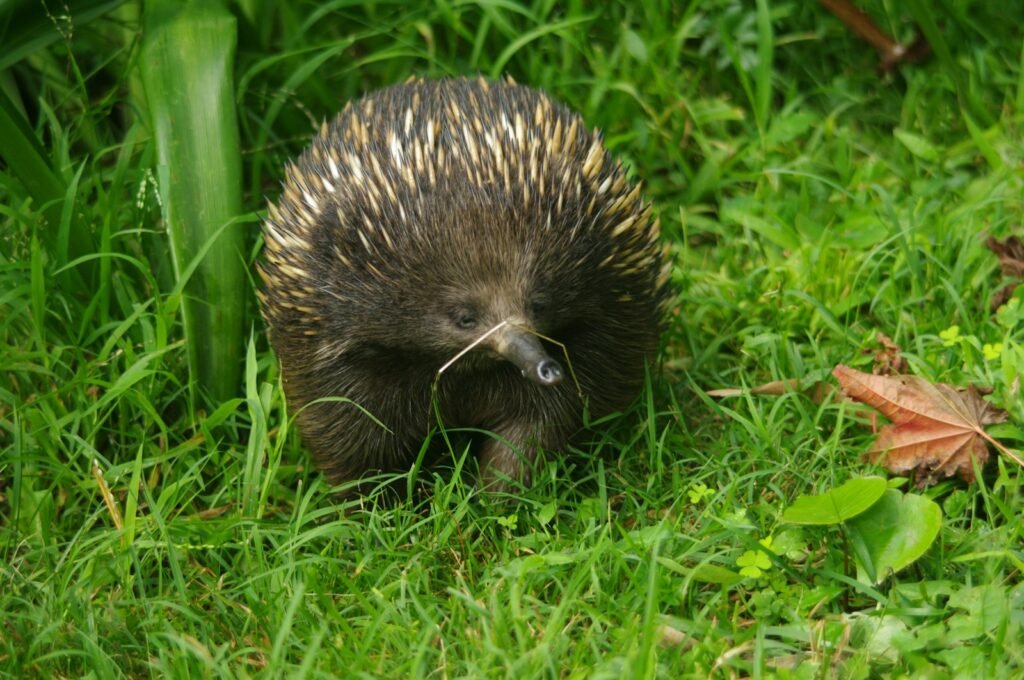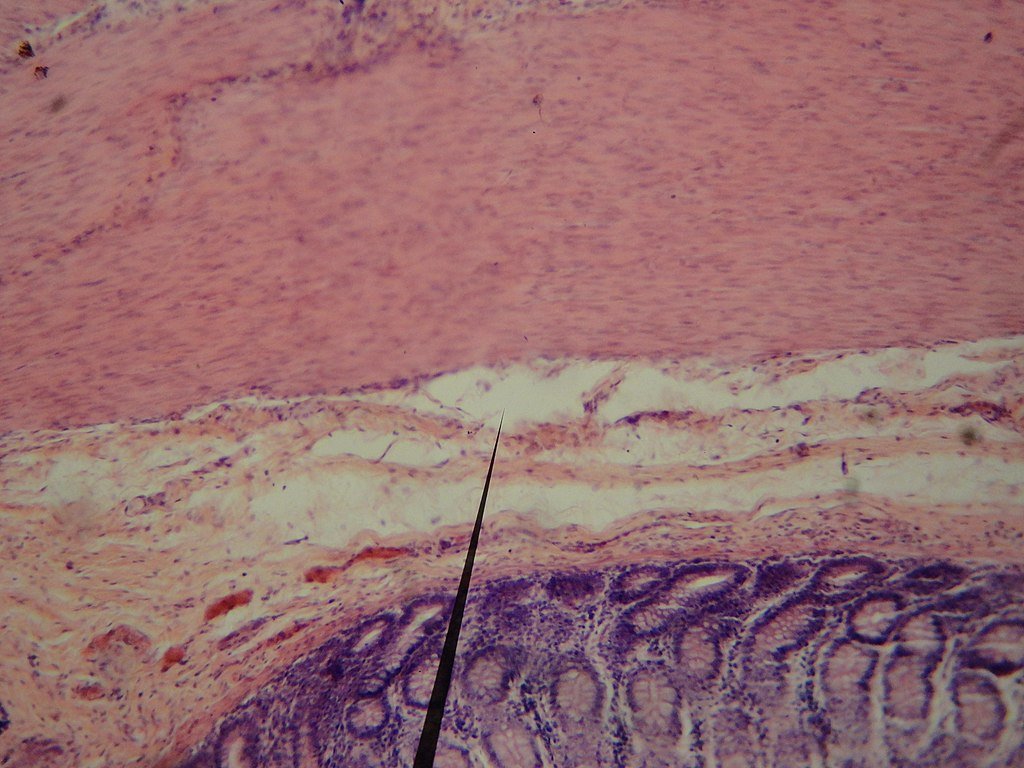The Reintroduction Revolution: Can Lynx, Wolves, or Even Bison Return to the UK?
Picture a forest at dawn, mist curling between ancient oaks, when suddenly a shadow glides through the undergrowth—a lynx, silent and mysterious, slipping back into a land it once called home. The idea is more than a fairy tale. Across the UK, a wild debate is raging: Should we bring back the mighty wolf, the ...













